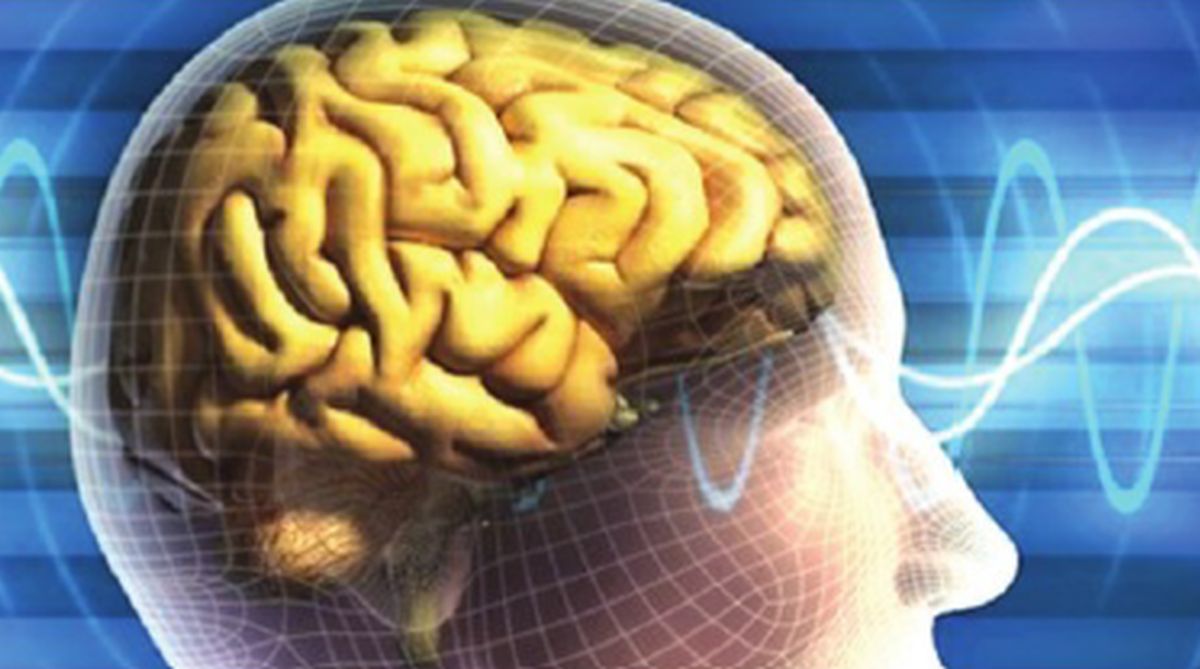As a student of physics, I was exposed early on to the concept of wave and its associated characteristics (frequency, wavelength, amplitude, phase etc.) in a mathematical sense. The two most common types of waves we studied were sound waves and light waves; in a sound wave, vibrations of particles in the medium vary periodically as a function of time whereas in a light wave the electric and magnetic fields vary periodically as a function of distance.
These two types of waves also affect our two most important senses ~ hearing and vision. Strictly speaking, sound waves also have wavelengths and light waves also have frequencies, but we “hear” the frequency and “see” the wavelength (i.e. the colour).
These two waves also share certain similarities: i) the light of any colour can be produced by mixing lights of “pure” wavelengths and any noise can be considered as a superposition of sounds of pure frequencies; ii) our eyes cannot see colours and our ears cannot hear sounds beyond certain ranges of frequencies – the so-called “visible spectrum” and “audible range”; iii) all objects have a certain number of “natural” frequencies of vibration and emit characteristic sounds while vibrating with those frequencies and all elements have characteristic wavelengths they emit when properly excited; iv) mixing of colour and mixing of sound have led to the development and practice of two most important art cultures in the history of mankind ~ painting and music; v) since we have two eyes and two ears, we get a “surrounding” or “panoramic” effect if we use both, even though we can listen to any sound with one ear and look at any visual with one eye.
Subtle differences emerge when we examine the phenomenon in more scientific terms. A song or any instrumental piece is basically a superposition of a (typically finite) number of different frequencies. Listening to a musical piece basically means following the amplitude of this superposed wave as a function of time with our ear fixed at a specific point in space. Appreciating a painting, on the other hand, is like following the mixture of different colours (wavelengths) along a two-dimensional surface of a canvas at one point of time. We cannot just listen to one note and identify the song; we have to listen to it for a while over a certain time-span. Similarly, although we can see and appreciate a painting just by looking at it for a fraction of a second, we cannot just look at one small area of the painting and appreciate the same.
It is logical to conclude, following Einstein’s theory about the equivalence of space and time, that painting and music are basically the same output in a space-time continuum. In fact, if we follow the history of evolution of these two art forms, they are very similar. Milestones in the evolution of paintings from the pictorial depictions of Biblical episodes of the Renaissance era to Rembrandt to Van Gogh to Picasso to the modern abstract paintings happened following approximately the same time line as those in the evolution of music from religious church music to classical music of Bach and Beethoven to jazz and eventually rock and modern techno flavoured music.
This raises one question ~ Since there are three space coordinates why aren’t there three-dimensional paintings? In my reckoning, a true 3D painting would involve a 3D canvas (say, a large cube formed from a transparent semi-liquid substance) and then injection of paints in all three directions using needles as brushes and finally the whole pattern would be frozen in space. Perhaps such art works exist, but I have not seen them. While it is fascinating to observe this connection between our two key senses and the most common wave-forms in physics, one may now wonder about other senses ~ smelling, tasting and touching.
From a layman’s perspective, it seems that there should be some “primary” smells and “primary” tastes, very similar to primary sound frequencies and primary colour wavelengths. Let me make a distinction here between the words “pure” and “primary”. A “pure” colour is a colour of a fixed wavelength; a primary colour (such as red), on the other hand, has a range of wavelengths, but they all affect a particular “cone” in the eye. Similarly, the sound of a tuning fork has a pure frequency but the sound of a violin has a small range of frequencies.
Examples of primary smells could be smells of some flowers (rose, jasmine), gasoline, sulphur dioxide, coffee because they seem to be unique and universally recognizable as such. Similarly, tastes of salt, sugar, hot pepper, lime, quinine are rather basic. One can go even further and say that, in the case of taste, one can come up with almost any taste by mixing some of these basic tastes. Interestingly enough, this has also led to a different kind of art form, the culinary art. In the case of smell, although it is not quite an art, but I am sure that the industries dealing with perfumes, soaps, air fresheners and deodorizers spend a lot of time and money in researching on how to mix some basic aromas in order to produce a pleasant fragrance.
Can these concepts be rolled into a quantitative scheme involving wave theory and frequencies/ wavelengths? Apparently there are two dominant theories of Olfaction: the so-called “Shape theory” and “Vibration theory”. Vibration theory of smell proposes that a molecule’s smell character is due to its vibration frequencies in the infrared range. The shape theory, on the other hand, states that a molecule’s particular smell is due to a “lock and key” mechanism by which a scent molecule (depending on its shape) fits into olfactory receptors in the nasal epithelium.
Although the vibration theory was superseded by the shape theory, a scientist named Luca Turin revived the vibration theory as follows ~ The odorant molecule must first fit in the receptor’s binding site. Then it must have a vibrational energy mode compatible with the difference in energies between two energy levels on the receptor, so electrons can travel through the molecule via inelastic electron tunneling, triggering the signal transduction pathway.
However, it seems that neither one of these two theories has yet been accepted as the ultimate answer, mainly because of many inconsistencies in each theory.
I have not found anything on a theory relating to the taste of a given substance and the physical characteristics of its molecules such as frequencies. Instead, different tastes of different substances are attributed to different chemical reactions between the molecules of the substance and our taste buds.
Finally, it seems that there is also a periodicity that affects our sense of touch. Smoothness or roughness of a surface, as felt by any part of our body can be related to the repetition rate of some feature in the texture of that surface. If the “wavelength” of this repetition is very small, of the order of a fraction of a millimeter, the surface would appear very comfortably smooth.
If the wavelength increases it would gradually be more and more rough. If the profile is not periodic and has “holes” or “spikes” or other random variations, then the surface could even be liable to cause injury on contact with our body.
Mathematically speaking, a Fourier analysis of the mechanical profile of the surface along the direction of touch could determine its “smoothness”. One may even be able to define some “primary” touch sensations, such as touches of a silky surface, a coarse surface (like a sand paper), a “prickly” surface, a surface full of small holes and a surface which is very sharp (like the edge of a knife). At a right wavelength, a periodic feature in a texture could even give rise to a massaging like effect.
It seems that all of our senses, except perhaps taste, respond to stimuli with a periodicity: sound and smell to temporal periodicity (vibrations) and vision and touch to spatial periodicity. Even in the case of taste, I would not be surprised, if someday in future, one discovers that the vibrational aspects of the energy bands of the molecule reacting with our taste buds somehow enter into the chemical reaction.
These observations might be manifestations of a far more profound and generalized truth about our body. Perhaps our body is simply a giant vibrator or resonator which resonates (and senses) when certain periodicities “click” with it. When one considers the fact that a living being has a beating heart at some specific rate, it would not be a surprise at all to realize that a human body can emit and selectively absorb all kinds of frequencies originating from that heartbeat, depending on its physical and emotional conditions.
The writer, a physicist who worked in academia and industry, is a Bengali settled in America.











